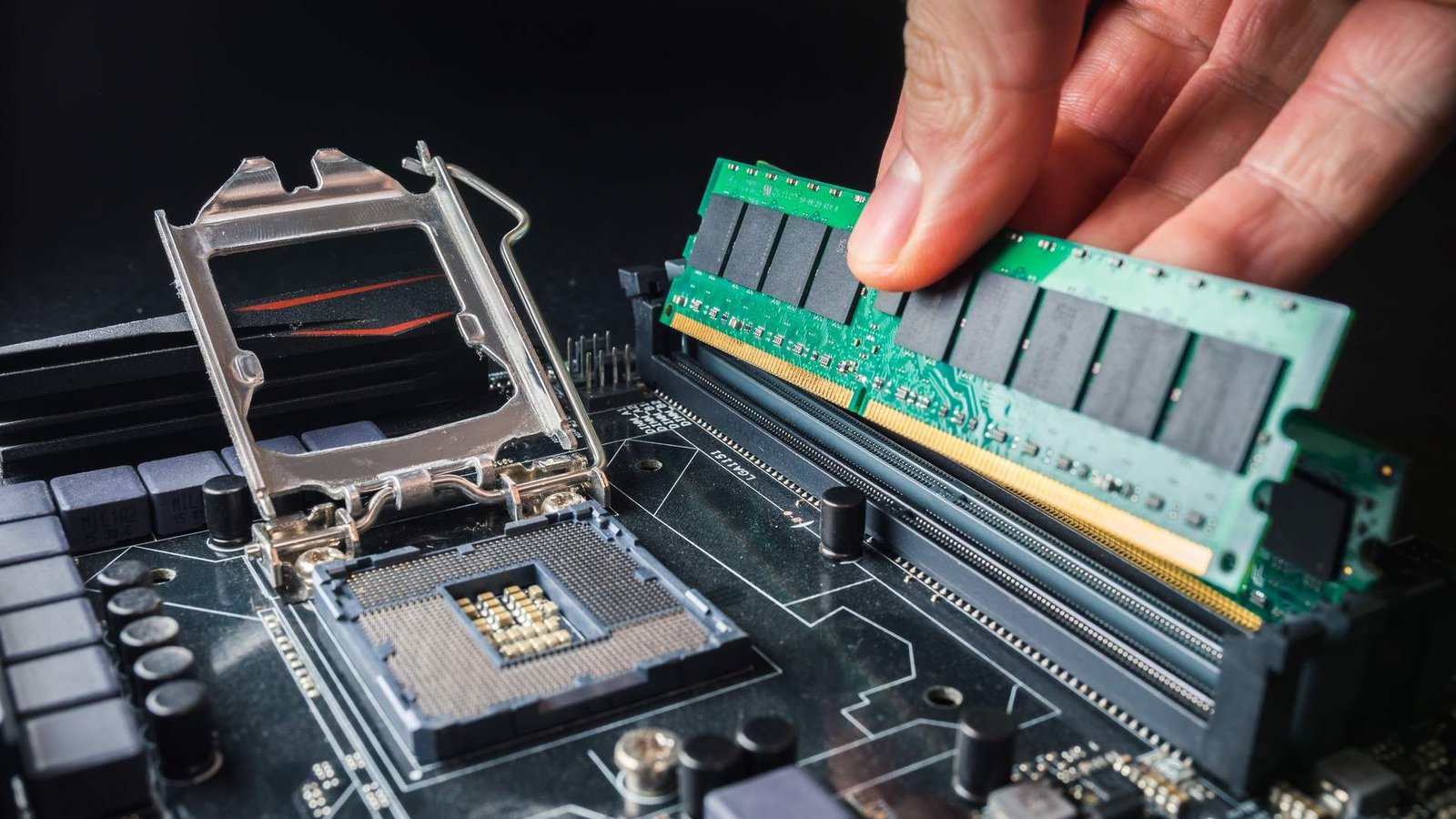The evolution of computer systems over time reflects remarkable advancements in technology and innovation. From the early mechanical devices to today’s powerful, compact machines, the journey of computer systems demonstrates how technology has transformed our world. This article explores key milestones in the evolution of computer systems, highlighting their development from primitive machines to sophisticated, modern systems.

Early Beginnings of Computer Systems
The evolution of computer systems over time began with early mechanical calculators in the 17th century. Blaise Pascal and Gottfried Wilhelm Leibniz developed some of the first mechanical computing devices, designed to perform basic arithmetic operations. These early inventions laid the groundwork for future developments by demonstrating the potential of automation in calculations.
In the 19th century, Charles Babbage conceptualized the Analytical Engine, an early mechanical general-purpose computer. Although it was never completed, the design introduced fundamental computing concepts such as the stored program and the use of punched cards. Babbage’s ideas influenced later developments and demonstrated the potential for more complex computing systems.
The Rise of Electronic Computers
The evolution of computer systems over time saw a significant leap with the advent of electronic computers in the mid-20th century. The introduction of vacuum tubes in the 1940s led to the development of the first generation of electronic computers, such as the ENIAC and the UNIVAC I. These machines, although large and expensive, marked the beginning of modern computing with their ability to perform calculations at unprecedented speeds.
The 1950s and 1960s saw the emergence of the second generation of computers, characterized by the use of transistors instead of vacuum tubes. Transistors allowed computers to become smaller, more reliable, and more energy-efficient. This era also introduced the concept of integrated circuits, which further miniaturized electronic components and paved the way for the development of more powerful and affordable computers.
The Era of Personal and Microcomputers
The advancements of computer systems over time reached a turning point in the 1970s and 1980s with the rise of personal and microcomputers. Companies like Apple, IBM, and Microsoft played pivotal roles in this transformation. The introduction of microprocessors allowed computers to become accessible to individuals and small businesses.
The early personal computers, such as the Apple II and the IBM PC, brought computing power to the masses. They featured user-friendly interfaces, which democratized computing and led to widespread adoption. The development of graphical user interfaces (GUIs) in the 1980s further enhanced usability, making computers more intuitive and accessible for everyday users.
The Modern Era: From Laptops to Cloud Computing
The evolution of computer systems over time continues to progress with the advent of portable and cloud computing technologies. The 1990s and 2000s saw the proliferation of laptops and mobile devices, which offered computing power on the go. Advances in wireless technologies and internet connectivity revolutionized how people interact with computers, enabling seamless communication and data access from virtually anywhere.
Cloud computing emerged as a game-changer in the 2010s, allowing users to access computing resources and services over the internet. Cloud-based systems offer scalability, flexibility, and cost-efficiency, transforming how businesses and individuals manage data and applications. Virtualization technologies and distributed computing have further enhanced the capabilities and efficiency of modern computer systems.
Conclusion
In conclusion, the evolution of computer systems over time showcases a remarkable journey from early mechanical devices to sophisticated modern machines. Each phase of development, from mechanical calculators to electronic computers, personal computers, and cloud computing, reflects significant technological advancements that have shaped our world. As technology continues to evolve, computer systems will undoubtedly undergo further transformations, driving innovation and enhancing our ability to solve complex problems. Embracing these advancements will ensure that we continue to benefit from the ever-expanding possibilities of computing technology.











